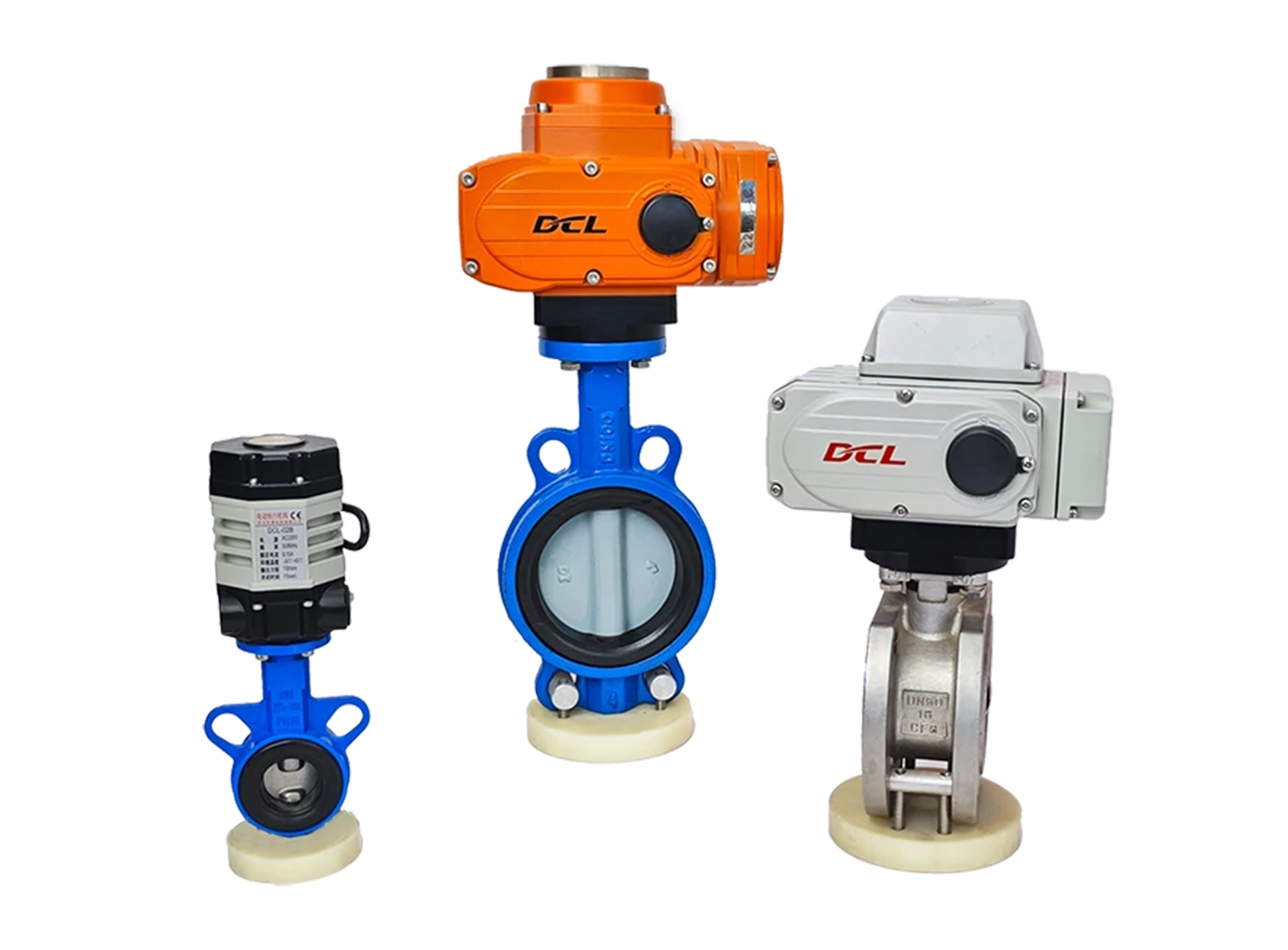Bus usati comunemente per gli attuatori elettrici
An increasing number of industrial control systems are deploying field buses to control more sensors and actuators. As a key actuator in fluid control processes, electric actuators are commonly used in industrial applications. The most frequently used bus systems for electric actuators include Modbus, CAN, Profibus, DeviceNet, Foundation Fieldbus, HART, and Ethernet. Common Bus Systems […]
EN15714-2 Classificazione degli attuatori elettrici di controllo (Duty)
Control Duty Classifications: Class A: ON-OFF Type (On/Off) Function: The actuator is required to drive the valve through its entire stroke from fully open to fully closed (and vice versa). Typical Use: Applications where valves are either fully open or fully closed. Class B: Fine-Tuning/Positioning Adjustment Type Function: The actuator occasionally moves the valve to […]
Quando scegliere un attuatore di controllo di processo?
Application Background of Process Control Actuators In many process control systems, it is necessary to achieve highly accurate and consistent control of the flow rate of liquids or gases through an automated control system (PLC/DCS). Due to the high precision required, such systems often need to make continuous and precise small adjustments to control valves […]
Test di interferenza elettromagnetica per attuatori elettrici (EFT)
The Increasingly Harsh Electromagnetic Environment in Industrial Sites As industrial electrification and intelligence continue to advance, an increasing number of high-power electrical devices (such as kilowatt-level motors, frequency converters, and inverters) are being integrated into industrial process control systems. Consequently, the electromagnetic environment in industrial sites is becoming more complex. In such a challenging electromagnetic […]
The Development Trends of Digitalization and Networking in Electric Valves
RotorkRotork talks about digitalization of electric valves Rotork talks about the digitalization of electric valvesRotork recently discussed the importance of digitalization to valve automation and control in the European Control Engineering magazine. Industrial Internet of Things (IIoT) technology uses electronic devices such as sensors to collect and share data, and uses the computing power of […]
Tipi comuni di valvole e loro caratteristiche
Butterfly Valve Working Principle: A butterfly valve uses a disc to control the flow of fluids or gases. The disc is mounted on a shaft, and when the handle is turned, the disc rotates 90 degrees to allow or block the flow. Features: Simple structure, compact size, low flow resistance, commonly used in large flow […]
Valori di protezione dell'involucro (UL, CSA, NEMA)

The protection ratings for enclosures defined by UL, CSA, and NEMA are categorized as follows. While the classifications are generally similar, there are minor differences in the details, so it is advisable to refer to the specific standards for more precise information. Type Classification Definition 1 General For indoor use, providing protection for enclosed components […]
Attuatore con grado di protezione IP da polvere e acqua

IP Protection Rating DefinitionThe IP (Ingress Protection) rating defines the protection level of a product’s enclosure against the intrusion of solid objects (such as tools, fingers, dust, etc.) and the ingress of water (from condensation, washing, immersion, etc.). The two digits following “IP” indicate the protection levels for solid objects and water intrusion. The first […]
Tipi di attuatori e come scegliere quello giusto
Actuators can be classified based on their driving method into the following categories: 1. Electric Actuators Electric actuators use an electric motor as the power source, converting electrical energy into mechanical motion to drive the valve. Advantages:



Che cosa significa il ciclo di lavoro S2 negli attuatori (valvole elettriche)?
Many people have questions about the S2 duty cycle in actuators or electric valves. What does it mean, and why is it defined this way? 1. The Origin of S1, S2, S3, and S6 Duty Cycles The S1, S2, S3, and S6 duty cycles originate from electric motor classifications, with a primary focus on thermal […]

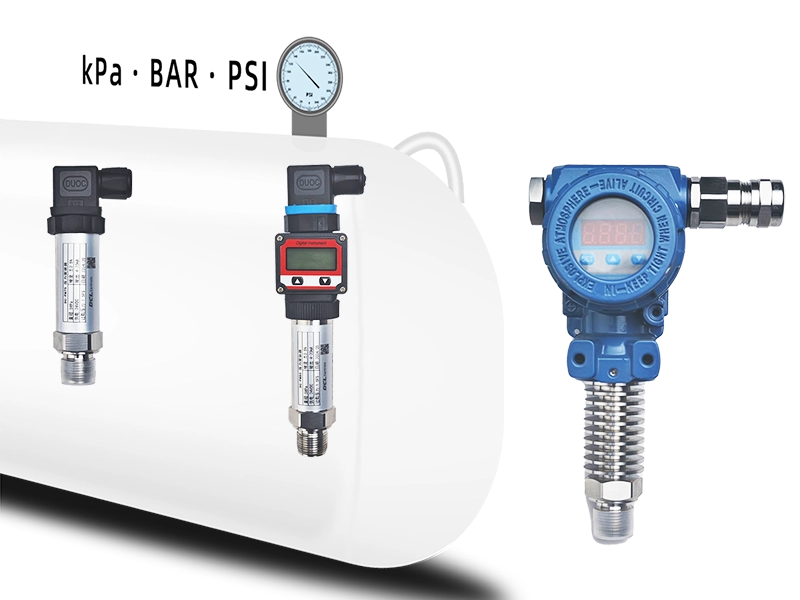
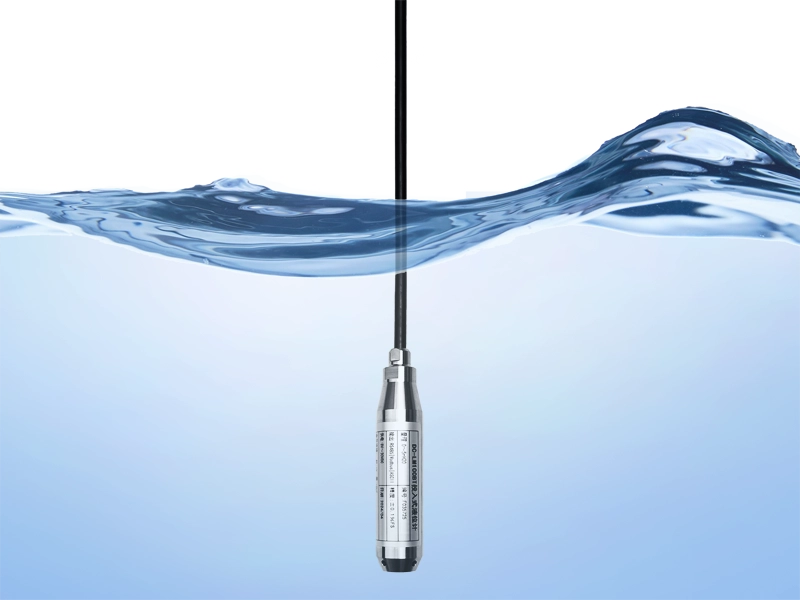




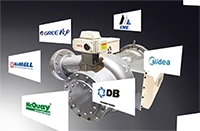


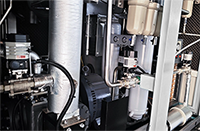

 Costruiamo insieme il vostro marchio
Costruiamo insieme il vostro marchio R&S e produzione in-house: Dal PCB all'involucro, tutto sotto lo stesso tetto.
R&S e produzione in-house: Dal PCB all'involucro, tutto sotto lo stesso tetto. Supporto multilingue: Ingegneri e personale di vendita che parlano inglese.
Supporto multilingue: Ingegneri e personale di vendita che parlano inglese. MOQ flessibile: Supporto sia per le startup che per i marchi globali.
MOQ flessibile: Supporto sia per le startup che per i marchi globali. Prototipazione rapida: Consegna del campione in 7-10 giorni.
Prototipazione rapida: Consegna del campione in 7-10 giorni.

